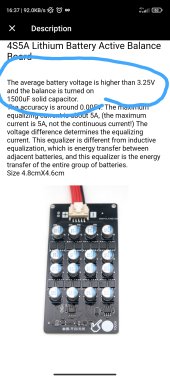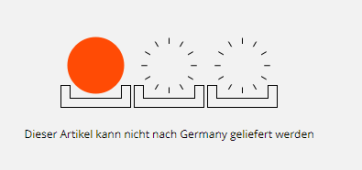Hans Kroeger
New Member
- Joined
- Dec 30, 2020
- Messages
- 128
Correct, if you turn off the charger at 3,65 V AND at 0.04C Amps.Many thanks for this chart!
If i read this chart correctly then even at 0.04C i could charge it till 3.65V without overcharging it. Since i stay below 3.65V my cells should be fine.
I am not clear about that statement. The important information of that curve is the red line:Also another takeaway is (if i understood correctly) if i would charge CC with say 0.01C i could overcharge the cells given i do this long enough. If i would charge CC till 3.45V with 0.5C and then switch to CV and stop at 0.1C i could never overcharge them but would come close to if not hit 100%soc.
If you charge with CC up to the point where the charger goes to CV, the red line tells you for that particular voltage at which current level you must turn off the charger, in order not to overcharge the cell.
e.g.: If you charge a 100 Ah cell with 0.2 C (=20 A) in CC mode up to CV = 3.65 V then you must wait in CV mode at 3.65 V until the current tapers off to 0.033 ...0.05 C (3.3 ...5 A for a 100 Ah cell). Then you must stop charging (or reduce the Voltage to 3.37 V maximum) in order not to overcharge the cell.
Note: All chargers with a floating voltage of more than 3.37 V per cell will cause a reduced life time .....





